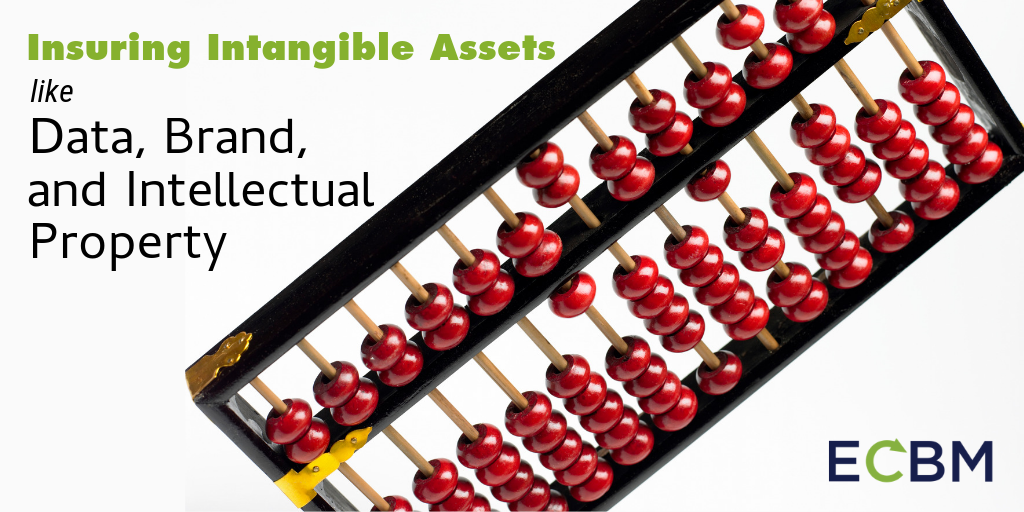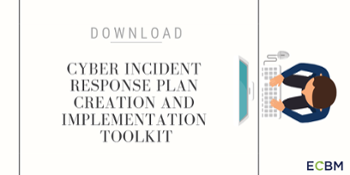
When people think of property insurance, they often immediately think of buildings – things like houses, retail stores, or warehouses. If they continue the thought further, they may think of additional items of property like furniture or inventory. These items have a very real physical presence, and that physical presence subjects them to potential damage or loss from known hazards like a fire or water damage. Property insurance exists to protect individuals and companies from that loss.
Businesses Want To Be Able To Insure Their Brand's Value
These days, however, intangible property makes up a larger and larger share of what matters to businesses. Studies have shown that brand value and intellectual property now make up the vast majority of the value of most companies. As intangible property has risen in importance to the functioning of commercial enterprises, questions have also risen over ways of protecting that property and how insurance can help companies mitigate losses to intangible property.
Insuring Intangible Assets
Creating insurance products for intangible assets faces a number of issues. Most importantly, agreeing to a value for the intangible asset can be difficult, as that value can fluctuate significantly from day to day. Additionally, many of the damages that arise from threats to intangible assets are contingent business losses, which can create a number of coverage issues. Furthermore, predicting the threats to intangible assets and the amount of losses an insurer can expect to cover is significantly harder than it is for tangible business assets.
Data Has Value
Cyber insurance is one example of how the insurance marketplace has met these new challenges. Traditional property insurance policies have excluded coverage for electronic date for some time. That electronic data, though, is absolutely crucial to the ability of most companies to stay in business. So cyber insurance was created to help protect the value of that data and to compensate companies for losses to that data that may occur from covered hazards.
Intellectual Property Insurance
Similarly, intellectual property insurance exists for companies as an option for protecting against loss to their intellectual property assets. This insurance can help cover the costs of litigating intellectual property claims, both offensive and defensive. And some insurers even offer coverage for business reputation damage to help companies weather a blitz of negative publicity.
Fast Response Matters In A Time Of Crisis
When it comes to intangible assets, though, response times and crisis management can mean far more than attaching a dollar number to a loss. Whether its through insurance or some other mechanism, having dedicated teams in place who can move into action immediately after an intangible property loss such as a ransomware event can make a world of difference. Businesses need to keep an eye on the value of their intangible assets and ensure they are taking appropriate steps to protect those assets from loss the same way they would their office building.
More On Our Blog:





